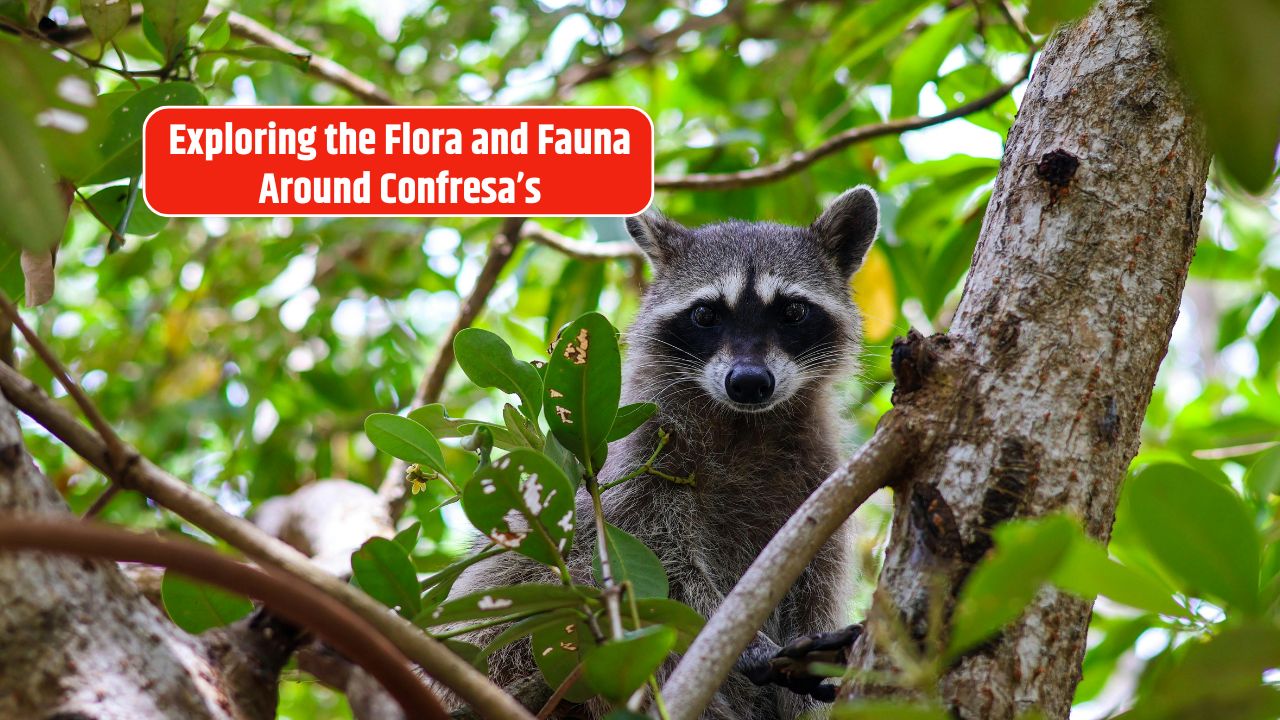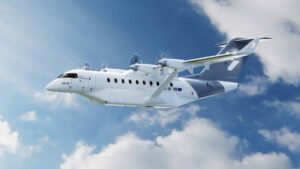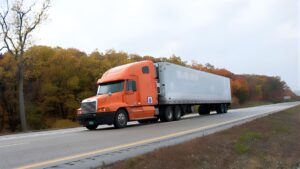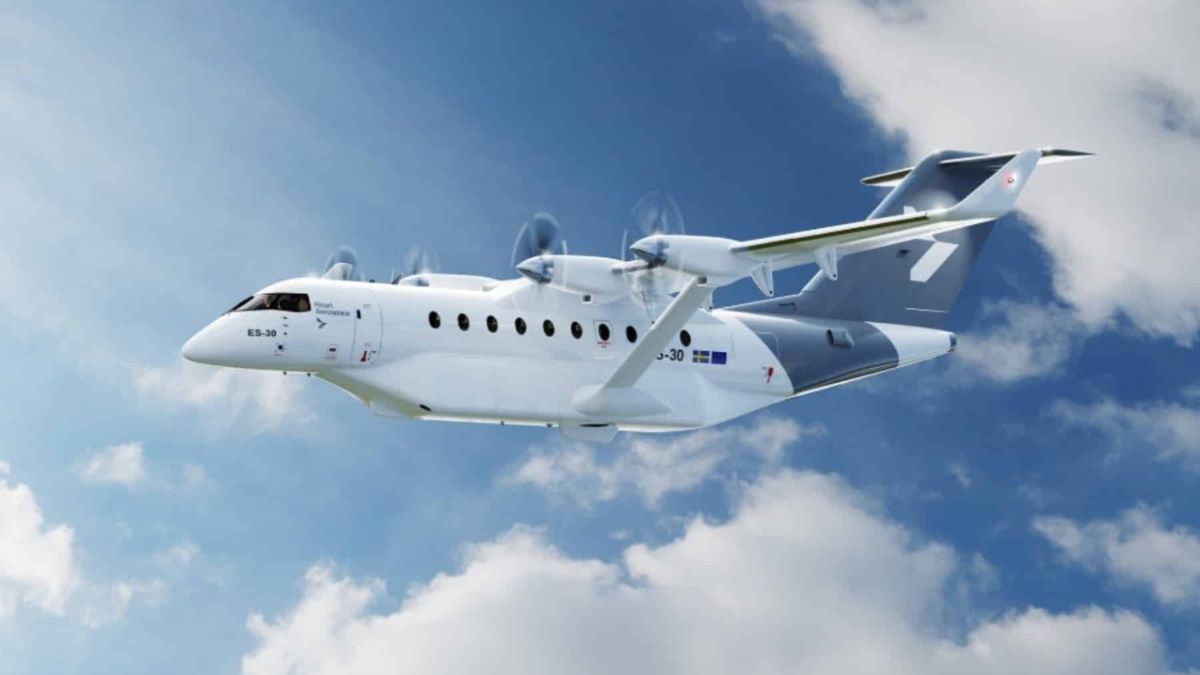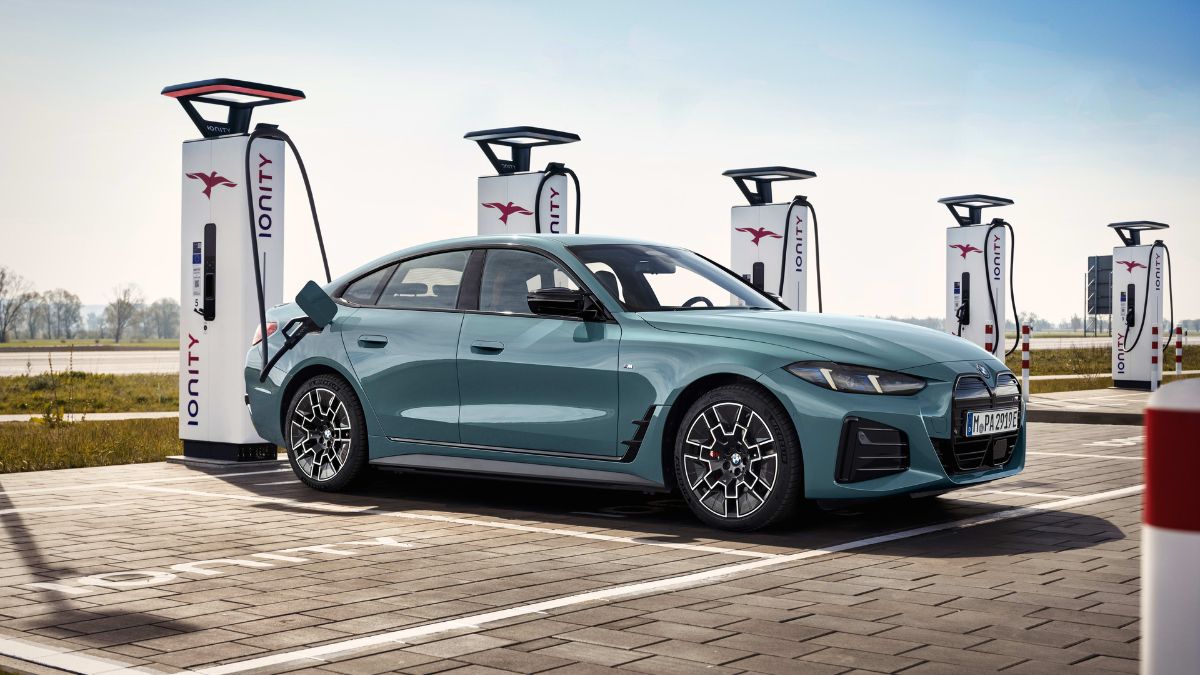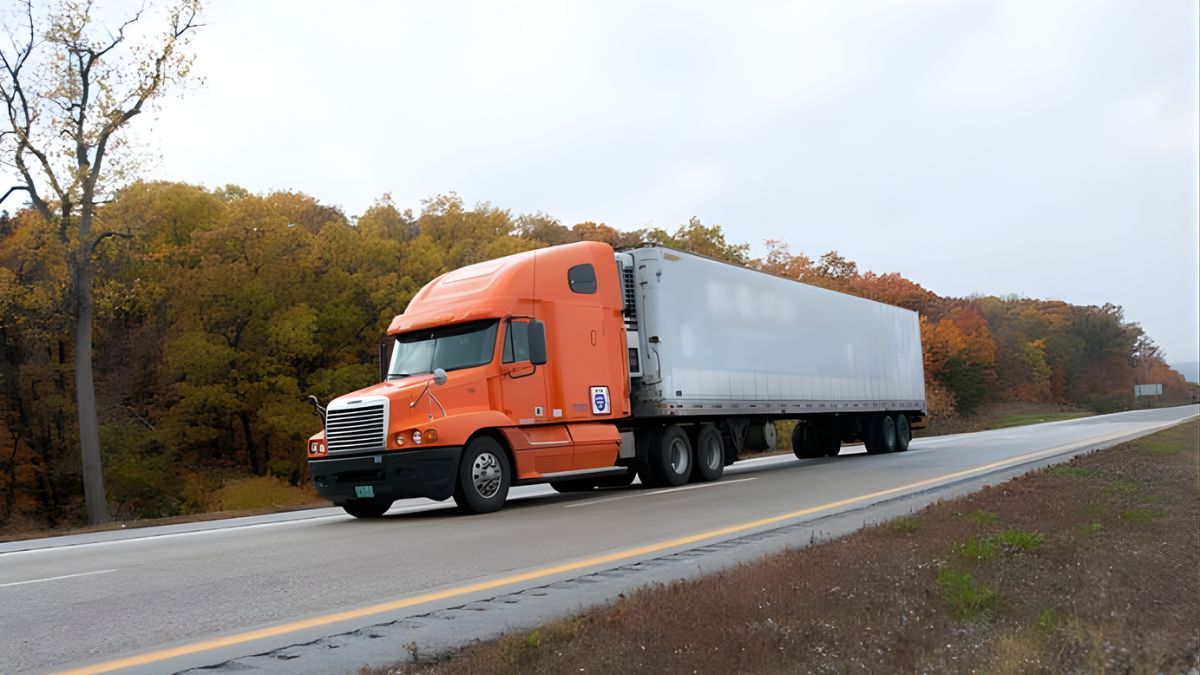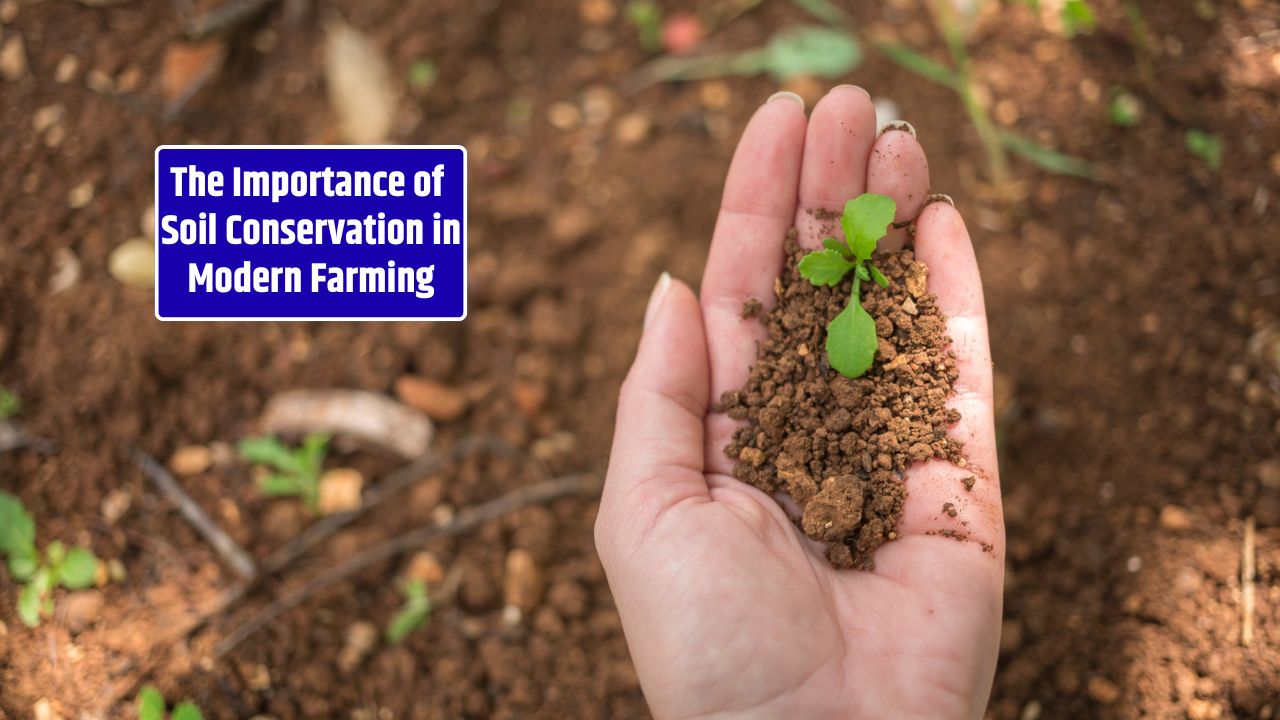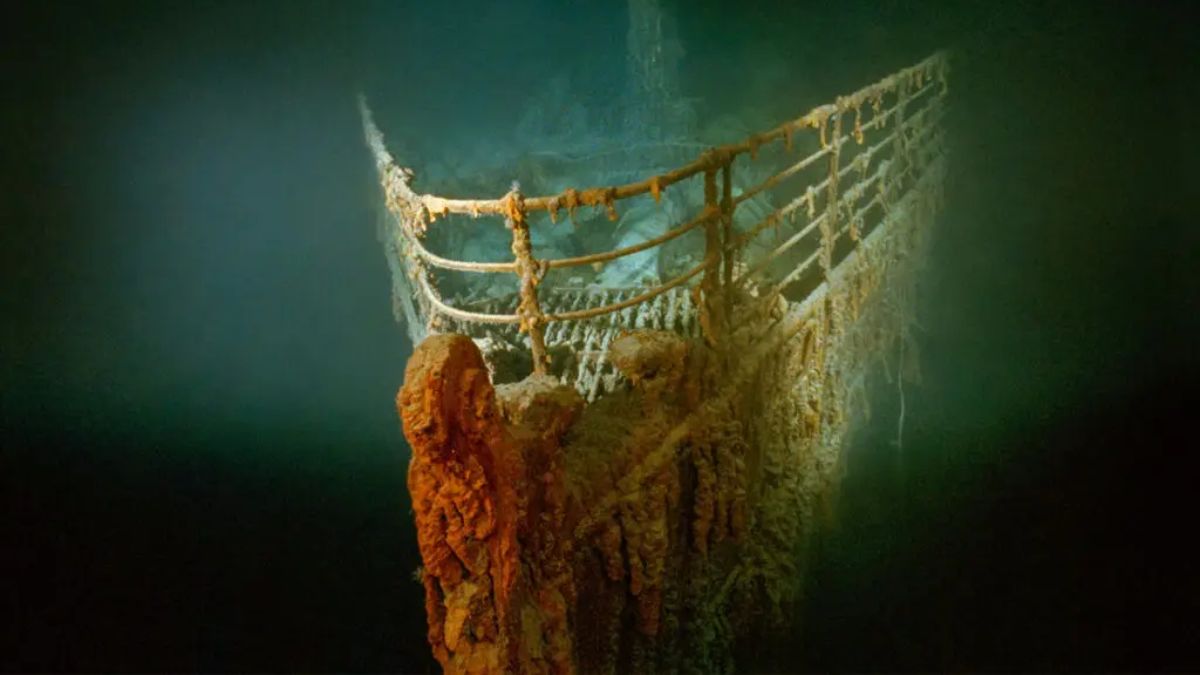Just before dawn in Confresa, the air feels thick enough to drink—heavy with the scent of rain, earth, and something wild. This small town, perched on the northeastern edge of Mato Grosso, sits where Brazil’s Cerrado savannas surrender to the Amazon rainforest—a meeting point between grasslands and jungle that hums with life. Around here, even silence buzzes. Parrots chatter before sunrise, frogs croak like a chorus, and the forest breathes as if it has a pulse of its own.
Where the Amazon and Cerrado Collide
Confresa is one of those fascinating ecological crossroads scientists call an ecotone—a zone where two ecosystems overlap and blend. To the south lie open, fire-adapted grasslands; to the north, the towering canopy of the Amazon. The result is an area of extraordinary biodiversity, where species from both biomes coexist and adapt to each other’s rhythms.
According to research from the Instituto Chico Mendes de Conservação da Biodiversidade (ICMBio), this transition zone supports hundreds of bird species, dozens of mammals, and thousands of plant varieties. It’s one of those rare places where a jaguar might stalk near an open field of termite mounds and a flock of scarlet macaws can share the sky with hawks from the drier plains.
| Biome | Key Vegetation | Typical Wildlife | Environmental Traits |
|---|---|---|---|
| Amazon Rainforest | Canopy trees, vines, bromeliads | Harpy eagles, tapirs, howler monkeys | Humid, dense forest with year-round rainfall |
| Cerrado Savanna | Grasses, shrubs, twisted trees | Maned wolves, anteaters, burrowing owls | Seasonal drought, natural fires, open habitat |
| Transition Zone (Confresa) | Forest-savanna mix, gallery forests | Jaguars, toucans, macaws | Semi-open forest edges, seasonal floods |
This blend of biomes doesn’t just look beautiful—it drives complex ecological interactions that help regulate water cycles and carbon storage across northern Brazil.
The Living Green: Flora of Confresa
Walk a few kilometers outside town and the vegetation shifts almost imperceptibly. Dense Amazonian hardwoods—ipê, jatobá, angelim—give way to shorter, fire-resistant Cerrado trees with thick bark and wide roots. It’s nature’s version of a border treaty.
Among the more notable plants:
- Brazil nut trees (Bertholletia excelsa) tower over the canopy, their seeds scattered by agoutis and macaws.
- Copaíba trees, known locally as “the pharmacy of the forest,” ooze a golden resin used in traditional medicine.
- Buriti palms cluster near wetland edges, hosting frogs and birds in their fronds and bearing sweet fruit loved by tapirs.
- Bromeliads cling to tree trunks, their tiny pools providing nurseries for frogs and insects.
In the wet season (roughly December through March), the region bursts into life—orchids flower, the air hums with pollinators, and riverbanks swell with green. During the drier months, many species shed leaves to conserve water, giving the forest a stark, silver hue until the rains return.
Wild Neighbors: The Fauna Around Confresa
The animal life here is pure wonder. Jaguars prowl the forest edges and riverbanks, leaving unmistakable paw prints in the mud after night rains. Giant otters patrol the Tapirapé River in family groups, barking to mark their territories. And just offshore, capybaras—the world’s largest rodents—graze lazily while caimans lurk nearby.
Birdlife steals much of the spotlight. Confresa’s skies are streaked with blue-and-yellow macaws, toucans, and kingfishers diving along creeks. Evenings belong to the nighthawks and owls, swooping through air thick with insects.
| Animal | Habitat | Conservation Status (IUCN) | Notable Behavior |
|---|---|---|---|
| Jaguar (Panthera onca) | Forest edges, river corridors | Near Threatened | Solitary apex predator; controls prey populations |
| Harpy Eagle (Harpia harpyja) | Tall canopy trees | Near Threatened | Builds massive nests used for years |
| Giant Otter (Pteronura brasiliensis) | Rivers and oxbow lakes | Endangered | Social; communicates with chirps and whistles |
| Maned Wolf (Chrysocyon brachyurus) | Open grasslands | Near Threatened | Nocturnal; feeds on fruit and small animals |
| Scarlet Macaw (Ara macao) | Forest canopy | Least Concern | Known for lifelong pair bonds and loud calls |
Every species plays a role—predators keep prey in balance, fruit eaters disperse seeds, and decomposers recycle nutrients into the soil. Together, they maintain the delicate equilibrium that defines this Amazonian edge.
Conservation Pressures and Deforestation
But this ecological harmony is fragile. Confresa lies along Brazil’s “arc of deforestation”, a crescent-shaped frontier where forest is cleared for soy farming and cattle ranching. Satellite data from the National Institute for Space Research (INPE) shows that the wider region has lost significant forest cover in the last decade, fragmenting habitats and forcing wildlife into smaller pockets.
Many locals depend on agriculture for their livelihoods, so conservation efforts must balance economic need with environmental urgency. The Terra do Meio Ecological Corridor, stretching across Pará and northern Mato Grosso, helps connect protected areas and ensure animals can move between forests safely. Some Indigenous communities along the Xingu and Tapirapé rivers are also pioneering sustainable forest management, integrating traditional knowledge with modern conservation tools.
Ecotourism and Local Efforts
While it’s not yet a mainstream tourist destination, Confresa has quiet potential for low-impact ecotourism. Birdwatchers and nature photographers come seeking rare species, guided by locals who know every bend of the river and call of the forest.
Community initiatives supported by EMBRAPA and IBAMA promote reforestation and educational outreach. Farmers are learning how to combine crop cultivation with agroforestry systems—planting trees alongside crops to restore soil fertility and attract pollinators.
For travelers, it’s a place that feels raw and real. You can kayak through flooded forests, listen to the forest wake up at sunrise, or simply sit by the river and realize how alive everything around you truly is.
The Future of Brazil’s “Living Frontier”
The story of Confresa’s flora and fauna mirrors the broader Brazilian paradox: immense natural wealth under constant pressure from human progress. The question now is whether both can thrive side by side.
With Brazil’s current focus on sustainable agriculture through the ABC+ (Low-Carbon Agriculture) program and renewed global attention on Amazon preservation, there’s cautious optimism that towns like Confresa can become models of coexistence—where conservation isn’t an obstacle but a shared investment.
For now, the forests still breathe, the rivers still run, and the jaguar’s roar still echoes through the trees. Whether that remains true in another generation depends on the choices made today, at this quiet, powerful edge of the Amazon.
FAQs:
Where is Confresa located?
Confresa lies in northeastern Mato Grosso, Brazil, on the transition line between the Amazon rainforest and the Cerrado savanna.
What makes Confresa’s ecosystem unique?
It’s a rare ecotone, home to species from two major biomes—making it one of Brazil’s most diverse habitats.
What wildlife can be seen near Confresa?
Jaguars, capybaras, giant otters, harpy eagles, and dozens of colorful bird species inhabit the region.
